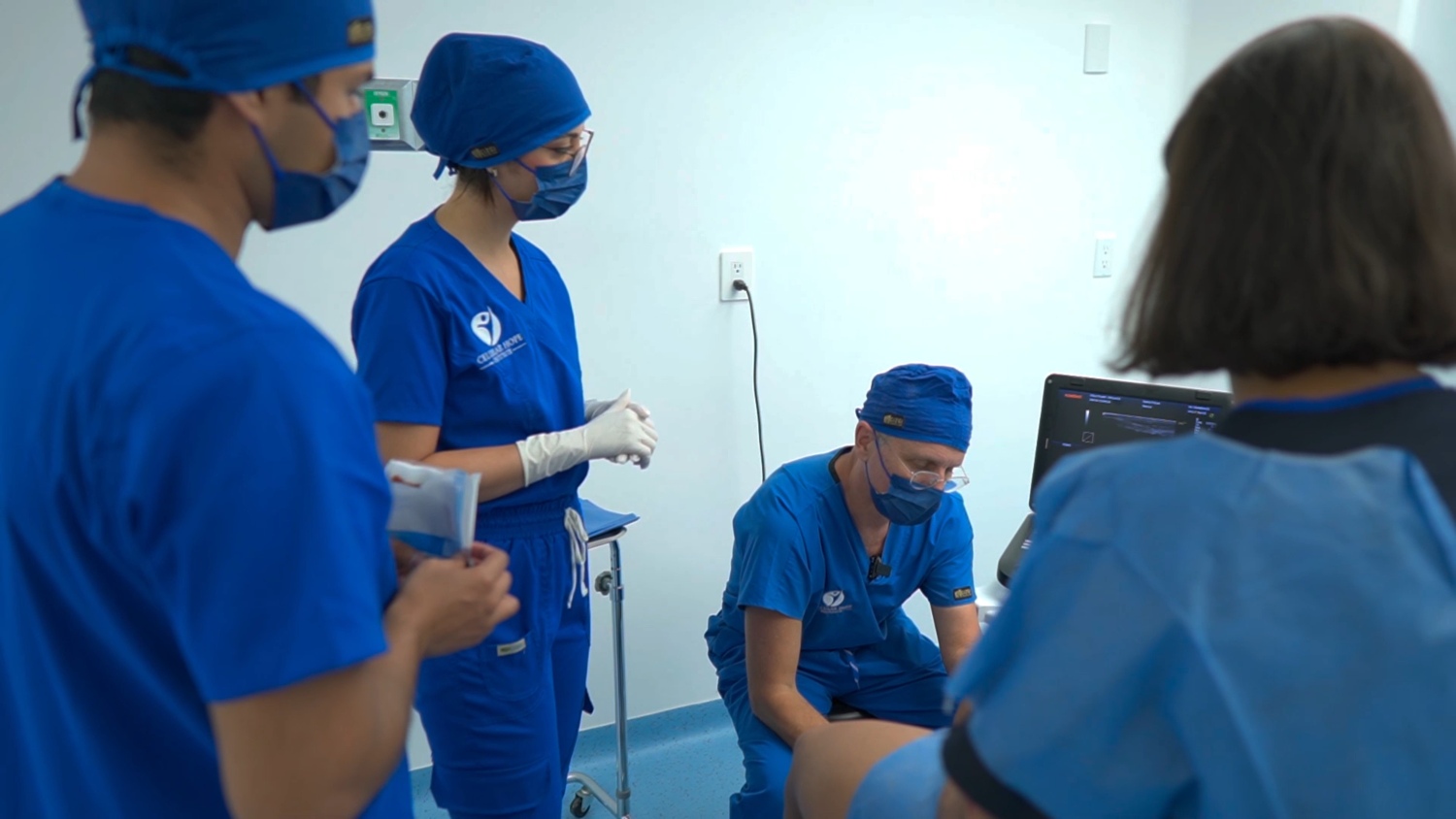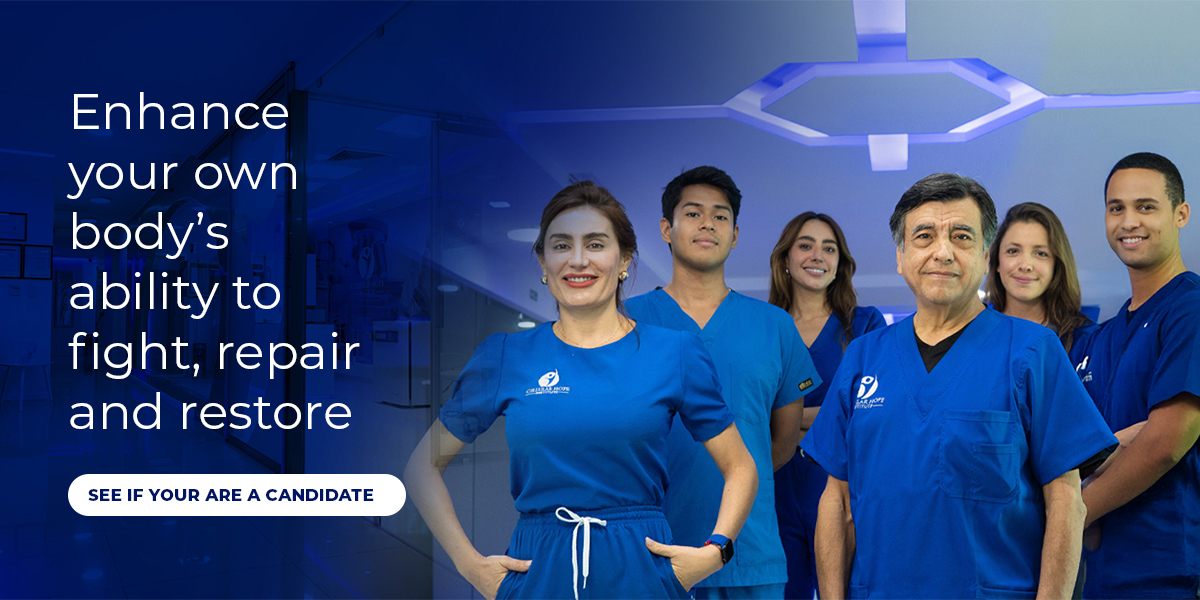Looking for a long-term solution for your shoulder pain? Discover how successful stem cell therapy for shoulders is in this article.
If you’ve been struggling with chronic shoulder pain for a while, you have likely tried different solutions to manage your pain – but unfortunately, a lot of treatments only provide temporary relief that doesn’t substantially improve your quality of life.
This is where stem cell therapy for shoulders can really make a difference. As opposed to short-term treatments, it offers a regenerative approach that goes beyond just targeting symptoms; instead, it helps repair damaged tissues within the shoulder.
Treatments with stem cells work by leveraging your body’s own healing mechanisms, which encourages tissue regeneration and reduces inflammation. But how does stem cell therapy for shoulders work, and is it really effective?
In this article, we will discuss everything you need to know about shoulder treatments with stem cells, from the process to recovery times and more. So, if that’s what you are here for, let’s get right into it!
1. How Does Stem Cell Therapy For Shoulders Work?
So, exactly how does stem cell therapy for shoulders work? Understanding the process is important as it will show you what to expect, and give you peace of mind that you know exactly what’s going on at every step.
Continue reading as we take you through the steps:
1.1. Harvesting Stem Cells: Autologous vs Allogeneic
The first step of the process is to harvest the stem cells that we are going to use for your stem cell therapy for shoulders. This step is essential because the success of the treatment will depend on the proper collection and preparation of the cells.
Typically, there are two options – to harvest them from your own body (also known as autologous), or to derive them from a donor (allogeneic). While both types have their benefits, allogeneic cells offer the advantage of being readily available, and don’t require a harvesting procedure from your body.
At Cellular Hope Institute, we typically work with allogeneic stem cells, carefully harvested and processed from healthy, screened donors to ensure the highest quality and safety.
We test them thoroughly for compatibility, viability and purity, ensuring that the risk of immune reactions is minimal, while simultaneously maximizing their regenerative potential.
This approach allows us to provide safe and effective stem cell therapy for shoulders, especially if your own stem cells have been compromised due to age, disease, or other factors that may hinder their healing capabilities.
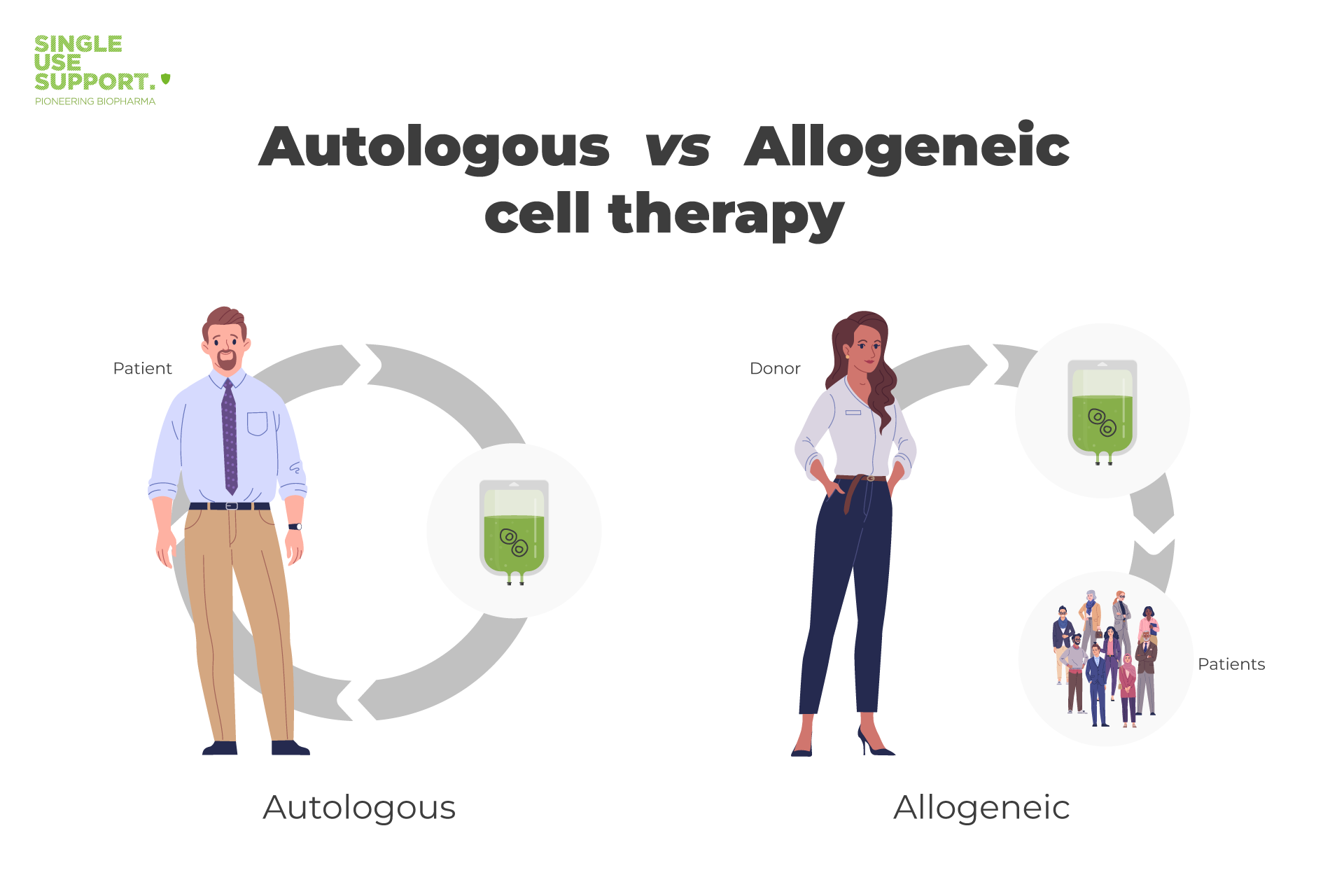
1.2. Processing Stem Cells
Now that the stem cells for your shoulder therapy have been harvested, the next step of the treatment is to process them.
This typically involves the separation of the harvested material through a process called centrifugation – aka spinning the sample at high speeds, which causes the cells to separate based on their size and density.
Our expert team of physicians will also purify the stem cells to remove any residual impurities or unwanted cell types, ensuring that the final product is as concentrated as possible with viable stem cells.
In the case of allogeneic stem cells, we often perform this processing in advance, at our highly specialized laboratory. To perform the stem cell therapy for shoulders, we will prepare the stem cells so they are ready for direct application.
1.3. Injection Into The Shoulder
After the harvesting and the processing, the next step is to inject the stem cells into your shoulder. This is when the healing begins! Our seasoned physicians will inject them into the damaged area with advancing imaging techniques such as ultrasound or MRI to ensure maximum accuracy.
Since the stem cell therapy for shoulders is minimally invasive, the process will be as comfortable as possible for you – and the best part is, you can typically return to normal light activities in the same day! There is no significant downtime as it happens during surgery.
1.4. Regeneration Begins
This is where the best part comes – once injected, the stem cells will begin their regenerative work immediately, releasing growth factors and cytokines to signal to your body to repair and regenerate damaged tissues.
They may differentiate into specialized cells to rebuild tissue such as cartilage, bone, and muscle cells, in addition to releasing inflammation and recruiting other cells to the area to assist in the repair process.
While the exact timeline for recovery from stem cell therapy for shoulders may vary per person, it typically looks like this:
- Day 1 – You can return to light activities, discomfort is minimal
- Week 1 – You will notice early pain relief
- Weeks 2-6 – Pain and inflammation begin to decrease
- Months 1-3 – Pain and inflammation continue decreasing
- Months 3-6 – Your pain is significantly reduced, or fully eliminated
- Months 6-12 – You will continue experiencing long-term results
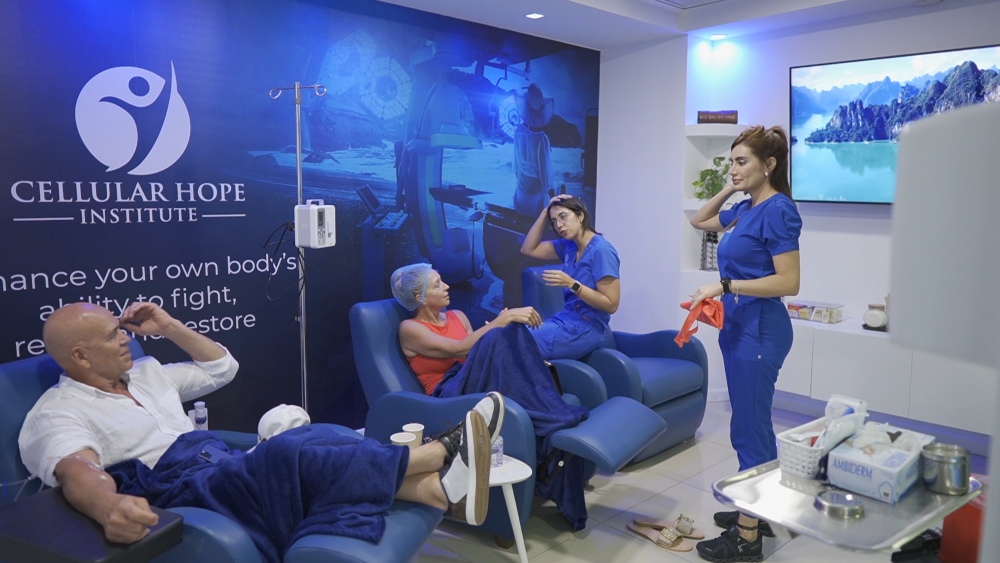
1.5. Follow-up And Rehabilitation
At Cellular Hope Clinic, our work doesn’t end with your stem cell therapy for shoulders. We truly care about your overall recovery and long-term health, which is why our dedicated team will provide comprehensive follow-up care to monitor your progress and address any concerns.
This can include personalized rehabilitation plans, lifestyle recommendations, and ongoing support to optimize the healing process and restore full functionality to your shoulder. Your journey toward recovery is our priority, and we’re here to guide you every step of the way.
What Are The Benefits of Stem Cell Therapy For Shoulders As Opposed to Surgery?
So, why should you opt for a stem cell therapy for shoulders as opposed to taking the traditional route – surgery? Here are some of the key benefits that we need to highlight:
- Minimally Invasive – Stem cell therapy for shoulders involves a minimally invasive procedure, which means that there is less trauma to the body, and reduced risk of complications. Surgery, on another hand, requires incisions and extensive manipulation of the joint.
- Faster Recovery Time – Recovery time for stem cell treatments is extremely fast, allowing you to return to light activities shortly after the procedure. Recovery from surgery, however, can take several months, and significant downtime.
- Lower Risk of Complications – Undergoing stem cell therapy for shoulders also means that there is a lower risk of complications, making it a safe and effective option. Surgery involves risks such as infections, blood clots, and even anesthesia complications.
- Encourages Natural Healing – Stem cell treatments work by stimulating your body’s natural repair mechanisms. This encourages the regeneration of damaged tissues such as cartilage and ligaments. Surgery, on another hand, focuses on mechanically repairing or replacing damaged tissue, without restoring natural function.
- Structural Changes Avoidance – Stem cell therapy for shoulders doesn’t involve cutting, removing or altering shoulder structures. This means that you can preserve the integrity of your joint, as opposed to surgery that often involves structural changes such as removing bone spurs or replacing joints.
However, these are not the only benefits that you can enjoy from your stem cell treatment. Since stem cells release anti-inflammatory factors and promote tissue regeneration, you will notice reduced pain and improved mobility over time.
This is not usually the case of surgery, which can result in post-operative pain and inflammation, requiring additional recovery time.
What Types of Shoulder Conditions Can Be Treated With Stem Cell Therapy For Shoulders?
So, can stem cell therapy for shoulders cure your condition? The great news is that this type of treatment can be highly effective for a variety of situations, such as:
- Rotator Cuff Injuries – Including partial tears, tendonitis and post-surgical recovery
- Shoulder Arthritis – It’s great for osteoarthritis, rheumatoid arthritis, etc.
- Labral Tears – Damage to the labrum can highly benefit from stem cells
- Shoulder Impingement Syndrome – As they alleviate pain and reduce inflammation
- Chronic Shoulder Pain – Stem cells can reduce inflammation and improve function
- Other Conditions – Such as bursitis, adhesive capsulitis, tendon and ligament injuries, tendon degeneration, as well as cartilage damage.
Shoulder treatments with stem cells are also very effective for post-traumatic injuries and overuse injuries, as well as chronic inflammatory conditions.
Can Stem Cell Therapy Prevent The Need For Surgery?
Stem cell therapy for shoulders has the potential to prevent the need for surgery in many cases by addressing the underlying causes of shoulder pain and dysfunction.
It promotes natural healing by regenerating damaged tissues, reducing inflammation, and improving joint function. For conditions like partial rotator cuff tears, arthritis, and tendonitis, stem cell therapy can often alleviate symptoms and restore mobility, reducing the need for invasive procedures.
However, its effectiveness depends on the severity of the condition; advanced cases or complete tears may still require surgery. If you are not sure about the right treatment for your condition, our specialists can help you determine the best course of action.
Are you ready to take the next step to better health for your shoulders? Contact us!
FAQ
Is stem cell therapy effective for rotator cuff tears or arthritis in the shoulder?
Stem cell therapy can be effective for rotator cuff tears and arthritis in the shoulder, as it promotes tissue repair and reduces inflammation. For rotator cuff tears, stem cells may support healing of tendons and reduce pain.
In arthritis, they can help regenerate cartilage and improve joint function. While results vary, many patients report reduced pain and improved mobility. Consultation with a specialist is essential to determine suitability.
How is the procedure performed, and is it painful?
The stem cell therapy for shoulders involves harvesting stem cells (if autologous) or using pre-prepared donor cells (allogeneic), which are processed and injected directly into the shoulder. Imaging techniques like ultrasound or MRI guide the injection for precision.
It’s minimally invasive and typically done under local anesthesia. Most patients experience mild discomfort rather than pain during or after the procedure, with minimal downtime.
What are the risks or side effects of stem cell therapy for shoulders?
Stem cell therapy for shoulders is generally safe, but risks and side effects may include minor pain, swelling, or redness at the injection site. In rare cases, infection or allergic reactions may occur, particularly with donor (allogeneic) cells.
There’s also a chance the therapy may not provide the desired results. Choosing a reputable clinic with experienced professionals minimizes these risks.
How does stem cell therapy compare to surgery for shoulder problems?
Stem cell therapy for shoulders is a minimally invasive alternative to surgery for shoulder problems, offering quicker recovery, lower risk of complications, and no structural changes to the joint.
It promotes natural healing and reduces inflammation, ideal for mild to moderate issues.
Surgery, while effective for severe damage, involves longer recovery and higher risks. Consultation helps determine the best option.
Are there any restrictions on activity after the procedure?
Yes, there are activity restrictions after stem cell therapy for shoulders to ensure optimal healing. Patients are typically advised to avoid strenuous activities, heavy lifting, or repetitive shoulder motions for several weeks.
Light activities and gentle movements are usually encouraged. A gradual return to normal activity is guided by the physician, often complemented by physical therapy if needed.
